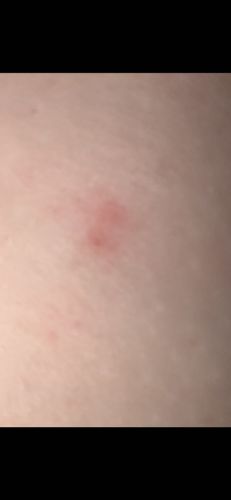Flea
Scientific Name: Ctenocephalides felis (cat flea, most common species found on both cats and dogs); Pulex irritans (human flea); Ctenocephalides canis (dog flea)
Order & Family: Order: Siphonaptera, Family: Pulicidae (common fleas)
Size: Adult fleas are typically 1 to 3 mm (0.04 to 0.12 inches) long. They are small, laterally flattened, and dark reddish-brown.

Natural Habitat
Fleas are found globally, especially in areas where their hosts (e.g., pets like cats and dogs, rodents, and other wildlife) reside. Common habitats include inside homes (carpets, upholstery, bedding, pet beds), cracks in floors, yards, and any environment frequented by host animals. They thrive in warm, humid conditions.
Diet & Feeding
Adult fleas are obligate hematophagous parasites, meaning they exclusively feed on the blood of their warm-blooded hosts (mammals and birds). Larval fleas feed on organic debris, including skin flakes, dander, and particularly the dried blood found in adult flea feces.
Behavior Patterns
Fleas are excellent jumpers, able to leap significant distances horizontally and vertically. They are wingless but move quickly through hair or fur. Adult fleas spend most of their lives on a host, feeding on blood. Females lay eggs after a blood meal, which then fall off the host into the environment (carpets, bedding, pet resting areas). Larvae hatch from the eggs, feeding on organic debris, including adult flea feces. They then pupate in cocoons, and adult fleas emerge when they detect a potential host nearby (through vibrations, CO2, or heat).
Risks & Benefits
Risks: Flea bites cause itchy, red welts on humans and pets, leading to discomfort, skin irritation, and allergic reactions (flea allergy dermatitis in pets). Fleas can transmit diseases, including plague (Yersinia pestis) to humans (though rare in developed countries), murine typhus, and serve as intermediate hosts for tapeworms (Dipylidium caninum), which can infect pets and occasionally humans. Benefits: Generally, fleas offer no direct benefits to humans and are primarily considered pests. In ecological terms, they are part of the food chain for some predators and contribute to nutrient cycling, but their negative impacts on hosts far outweigh any perceived benefits.
Identified on: 9/4/2025